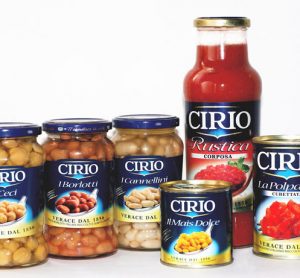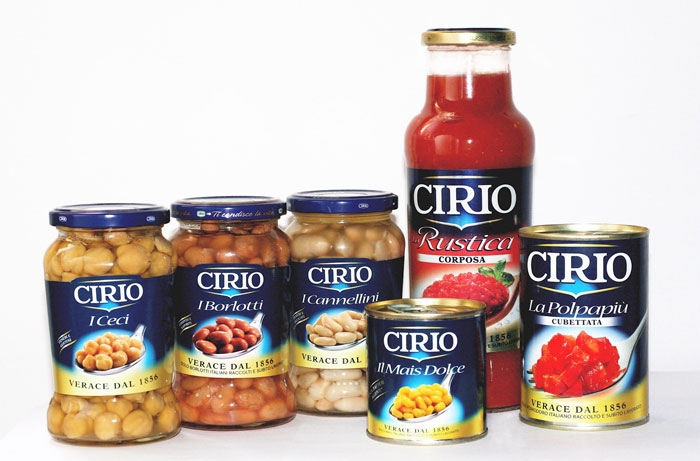EHEDG European Hygienic Engineering and Design Group News from EHEDG
15 December 2010 | By Juliane Honisch, EHEDG Secretariat
Founded in 1989, the European Hygienic Engineering & Design Group (EHEDG) is a consortium of equipment manufacturers, food industries and research institutes as well as public health authorities. From then to now, the group has come a long way. The principal goal of EHEDG is the promotion of safe food…








